The average cost of Angioplasty in Malaysia starts from MYR 44745 (USD 9500)
Angioplasty is a medical procedure that opens up a blocked or narrowed artery around the heart. It is a standard treatment for narrowed or blocked arteries in this area of the body.
Malaysia is a country with enormous potential, not just in terms of tourism, but also in terms of smart healthcare infrastructure and systems. Malaysia's cardiology specialisation is dedicated to providing quality treatment and putting the patient's needs first. The experts are well-connected with their worldwide counterparts and are up to date on the most recent advances in the field. As a result, getting an Angioplasty in Malaysia is a natural choice for someone in need.
Many of Malaysia's renowned healthcare organisations are among the best Hospitals for Angioplasty procedures. Some of them are Parkway Pantai Hospital, Gleneagles Hospital, Subang Jaya Medical Centre, and KPJ Ampang Puteri Specialist Hospital.
Angioplasty in Malaysia can cost between US$ 7500 and US$ 9000, however the same treatment in Czechia will cost around US$ 15000. Your typical treatment cost will be influenced by the following factors: Selection of the hospital and room, outpatient care facility, surgeon skill and experience, and so on.
| Country | Cost | Local_currency |
|---|---|---|
| Czechia | USD 8000 | Czechia 181520 |
| Greece | USD 17500 | Greece 16100 |
| India | USD 3600 | India 299340 |
| Israel | USD 18000 | Israel 68400 |
| Malaysia | USD 9500 | Malaysia 44745 |
| Poland | USD 6000 | Poland 24240 |
| South Korea | USD 18500 | South Korea 24839765 |
| Spain | USD 19500 | Spain 17940 |
| Switzerland | USD 12500 | Switzerland 10750 |
| Thailand | USD 10600 | Thailand 377890 |
| Tunisia | USD 8000 | Tunisia 24880 |
| Turkey | USD 4500 | Turkey 135630 |
| United Arab Emirates | USD 8580 | United Arab Emirates 31489 |
Treatment cost
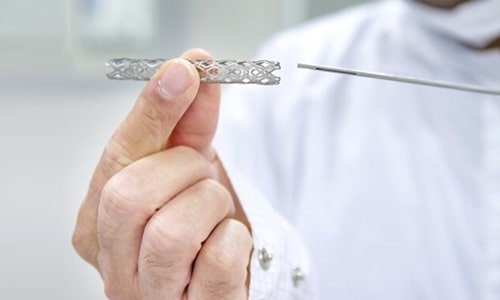
We provide numerous services for your medical journey, including:
We offer packages at reasonable pricing that include a variety of additional advantages, making it a better deal than paying for individual perks at the hospital. Angioplasty Surgery is required when a person has been diagnosed with blocked or narrowed coronary arteries. It is needed to clear the blockages and ensure restoration of normal blood flow through the vessels and arteries to the heart muscles. The procedure follows an insertion of a thin tube (a catheter) via incision in the leg or arm and guiding it to the heart. Two types of Angioplasties are there- Coronary and Balloon angioplasty. Therefore, the procedure is quite helpful to remove the obstruction or clotting., Consider this comprehensive & discounted package for Angioplasty surgery at Sharda Hospital, India.
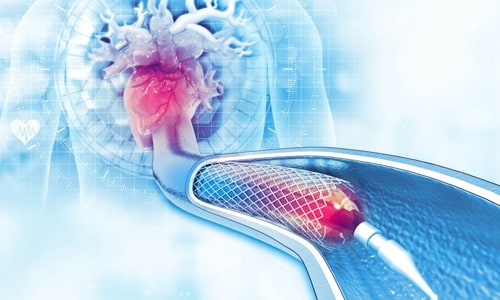
MediGence is offering immense facilities for your medical journey such as:
We offer packages at reasonable pricing that include a variety of additional advantages, making it a better deal than paying for individual perks at the hospital. Angioplasty Surgery is required when a person has been diagnosed with blocked or narrowed coronary arteries. It is needed to clear the blockages and ensure restoration of normal blood flow through the vessels and arteries to the heart muscles. The procedure follows an insertion of a thin tube (a catheter) via incision in the leg or arm and guiding it to the heart. Two types of Angioplasties are there- Coronary and Balloon angioplasty. Therefore, the procedure is quite helpful to remove the obstruction or clotting., Consider this comprehensive & discounted package for Angioplasty surgery at Pushpawati Singhania Research Institute, India.
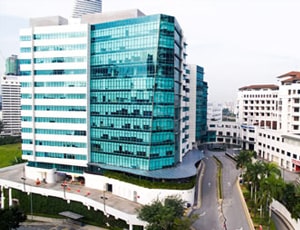
Parkway Pantai located in Kuala Lumpur, Malaysia is accredited by JCI. Also listed below are some of the most prominent infrastructural details:

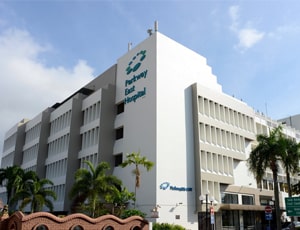
Parkway East Hospital located in Joo Chiat Pl, Singapore is accredited by JCI. Also listed below are some of the most prominent infrastructural details:
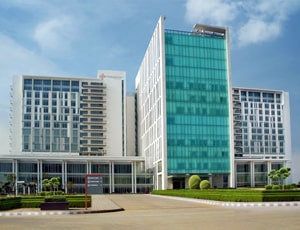
Types of Angioplasty in Medanta - The Medicity and its associated cost
| Treatment Option | Approximate Cost Range (USD) | Approximate Cost Range (INR) |
|---|---|---|
| Angioplasty (Overall) | 2846 - 6825 | 227416 - 551175 |
| Coronary Angioplasty (PCI) | 4093 - 6861 | 336465 - 560520 |
| Peripheral Angioplasty | 3344 - 5542 | 280602 - 465751 |
| Balloon Angioplasty | 2817 - 4481 | 231626 - 365514 |
DOCTORS IN 14 SPECIALITIES
FACILITIES & AMENITIES
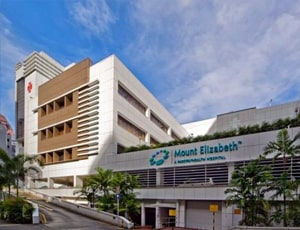
Mount Elizabeth Hospital located in Singapore, Singapore is accredited by JCI. Also listed below are some of the most prominent infrastructural details:
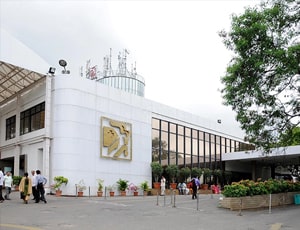
Types of Angioplasty in Apollo Hospitals and its associated cost
| Treatment Option | Approximate Cost Range (USD) | Approximate Cost Range (INR) |
|---|---|---|
| Angioplasty (Overall) | 2809 - 6707 | 234977 - 556673 |
| Coronary Angioplasty (PCI) | 4038 - 6862 | 325439 - 561515 |
| Peripheral Angioplasty | 3394 - 5707 | 275628 - 458912 |
| Balloon Angioplasty | 2785 - 4445 | 232806 - 364115 |
DOCTORS IN 14 SPECIALITIES
FACILITIES & AMENITIES
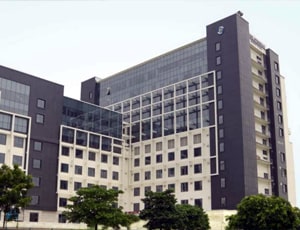
Types of Angioplasty in Venkateshwar Hospital and its associated cost
| Treatment Option | Approximate Cost Range (USD) | Approximate Cost Range (INR) |
|---|---|---|
| Angioplasty (Overall) | 2550 - 6113 | 208614 - 497880 |
| Coronary Angioplasty (PCI) | 3641 - 6077 | 300040 - 500366 |
| Peripheral Angioplasty | 3047 - 5057 | 250332 - 417474 |
| Balloon Angioplasty | 2534 - 4055 | 207905 - 332715 |
DOCTORS IN 13 SPECIALITIES
FACILITIES & AMENITIES
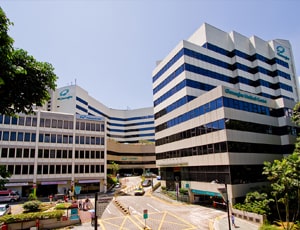
Gleneagles Hospital located in Napier Road, Singapore is accredited by JCI. Also listed below are some of the most prominent infrastructural details:
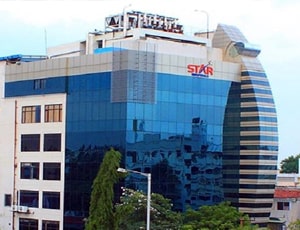
Types of Angioplasty in Star Hospitals and its associated cost
| Treatment Option | Approximate Cost Range (USD) | Approximate Cost Range (INR) |
|---|---|---|
| Angioplasty (Overall) | 2318 - 5659 | 193198 - 456893 |
| Coronary Angioplasty (PCI) | 3398 - 5611 | 275956 - 462126 |
| Peripheral Angioplasty | 2820 - 4674 | 229343 - 380978 |
| Balloon Angioplasty | 2320 - 3790 | 190288 - 305544 |
DOCTORS IN 12 SPECIALITIES
FACILITIES & AMENITIES
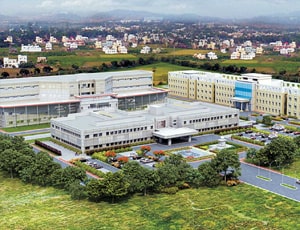
Types of Angioplasty in Global Health City and its associated cost
| Treatment Option | Approximate Cost Range (USD) | Approximate Cost Range (INR) |
|---|---|---|
| Angioplasty (Overall) | 2753 - 6745 | 232671 - 544516 |
| Coronary Angioplasty (PCI) | 4044 - 6642 | 336523 - 560469 |
| Peripheral Angioplasty | 3315 - 5635 | 275082 - 471475 |
| Balloon Angioplasty | 2823 - 4440 | 231582 - 362692 |
DOCTORS IN 14 SPECIALITIES
FACILITIES & AMENITIES
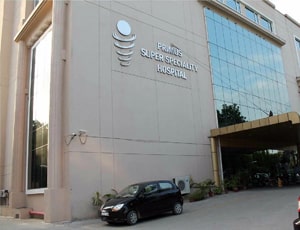
Types of Angioplasty in Primus Super Speciality Hospital and its associated cost
| Treatment Option | Approximate Cost Range (USD) | Approximate Cost Range (INR) |
|---|---|---|
| Angioplasty (Overall) | 2549 - 6100 | 208919 - 499214 |
| Coronary Angioplasty (PCI) | 3647 - 6063 | 298940 - 497303 |
| Peripheral Angioplasty | 3031 - 5089 | 248519 - 414829 |
| Balloon Angioplasty | 2528 - 4066 | 208720 - 333622 |
DOCTORS IN 13 SPECIALITIES
FACILITIES & AMENITIES
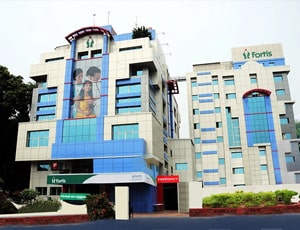
Types of Angioplasty in Fortis Malar Hospital and its associated cost
| Treatment Option | Approximate Cost Range (USD) | Approximate Cost Range (INR) |
|---|---|---|
| Angioplasty (Overall) | 2532 - 6100 | 207990 - 498041 |
| Coronary Angioplasty (PCI) | 3660 - 6102 | 300823 - 501333 |
| Peripheral Angioplasty | 3045 - 5077 | 249831 - 414997 |
| Balloon Angioplasty | 2528 - 4054 | 208954 - 332409 |
DOCTORS IN 9 SPECIALITIES
FACILITIES & AMENITIES
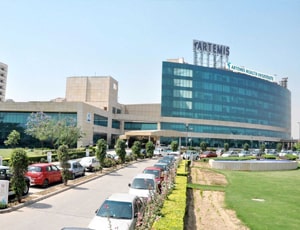
Types of Angioplasty in Artemis Health Institute and its associated cost
| Treatment Option | Approximate Cost Range (USD) | Approximate Cost Range (INR) |
|---|---|---|
| Angioplasty (Overall) | 2823 - 6697 | 233538 - 555972 |
| Coronary Angioplasty (PCI) | 3961 - 6739 | 328117 - 551406 |
| Peripheral Angioplasty | 3349 - 5684 | 271091 - 462483 |
| Balloon Angioplasty | 2843 - 4510 | 232968 - 365746 |
DOCTORS IN 15 SPECIALITIES
FACILITIES & AMENITIES
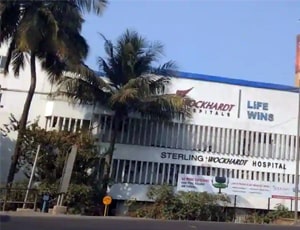
Types of Angioplasty in Sterling Wockhardt Hospital and its associated cost
| Treatment Option | Approximate Cost Range (USD) | Approximate Cost Range (INR) |
|---|---|---|
| Angioplasty (Overall) | 2536 - 6109 | 207110 - 500284 |
| Coronary Angioplasty (PCI) | 3657 - 6101 | 298385 - 501192 |
| Peripheral Angioplasty | 3047 - 5092 | 249304 - 414437 |
| Balloon Angioplasty | 2534 - 4052 | 208485 - 333425 |
DOCTORS IN 14 SPECIALITIES
FACILITIES & AMENITIES

Types of Angioplasty in Medicana International Istanbul and its associated cost
| Treatment Option | Approximate Cost Range (USD) | Approximate Cost Range (TRY) |
|---|---|---|
| Angioplasty (Overall) | 3950 - 7209 | 116820 - 215761 |
| Coronary Angioplasty (PCI) | 5124 - 7249 | 155899 - 219920 |
| Peripheral Angioplasty | 4466 - 6879 | 134449 - 199848 |
| Balloon Angioplasty | 3999 - 6163 | 119944 - 189655 |
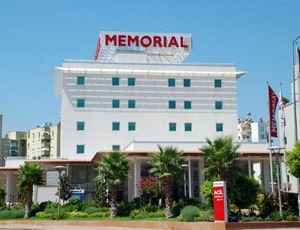
Types of Angioplasty in Memorial Antalya Hospital and its associated cost
| Treatment Option | Approximate Cost Range (USD) | Approximate Cost Range (TRY) |
|---|---|---|
| Angioplasty (Overall) | 4008 - 7312 | 117009 - 218899 |
| Coronary Angioplasty (PCI) | 5123 - 7161 | 155094 - 221165 |
| Peripheral Angioplasty | 4547 - 6774 | 134980 - 202910 |
| Balloon Angioplasty | 3996 - 6252 | 118394 - 184766 |
Coronary artery disease (CAD) is one of the most common heart diseases reported across the world. It results due to blood clot formation and plaque accumulation in the major blood vessels of the heart.
Balloon angioplasty is the most common endovascular procedure (procedure performed inside the blood vessel) carried out to treat coronary artery disease. In this procedure, the blood clots in the major arteries of the heart are detected and cleared by inserting a catheter into an artery of the hand (radial artery) or leg (femoral artery). This catheter consists of a balloon at its tip, which dislodges the clot to the periphery of the blood vessel after inflation.
Angioplasty may or may not be followed by coronary stent placement, depending on the angiography findings. This procedure is performed in patients with fewer blood clots in the vessels and those who do not respond to medications. It may also be carried out as an emergency procedure to treat a heart attack.
Step 1: Placing the patient on oral sedatives
Step 2: Administration of general anaesthesia
Step 3: Incision at the femoral artery or radial artery
Step 4: Insertion of catheter into the artery through an incision
Step 5: Guiding the catheter up to the base of the coronary artery
Step 6: Insertion of a guidewire from within the catheter into the artery up to the site of the blood clot
Step 7: Insertion of contrast dye through the catheter
Step 8: Checking for the blocks through a radiograph
Step 9: Identifying the pinpoint location of the blood clot
Step 10: Passage of guide wire through catheter just beyond the region of clot
Step 11: Inflating and deflating the balloon till normal blood flow is obtained from the vessel
Step 12: Stabilizing the stent in place
Step 13: Retrieving the catheter
Contraindications: You may not be suggested to undergo balloon angioplasty if the access vessel (femoral or radial artery) is of insufficient size and quality.
Recovery time: You will be discharged from the hospital in one day. But you should avoid strenuous activities for one month after being discharged from the hospital.
Prognosis: According to research, 79 percent of the people who receive the stent after a balloon angioplasty are relieved from angina for up to 5 years.
Ask your healthcare adviser for the best multiple options and choose the one that meets your expectations
The cost of Angioplasty in Malaysia starts from $9500. There many MSQH certified hospitals in Malaysia that offer Angioplasty
Angioplasty package cost in Malaysia has different inclusions and exclusions. There are many hospital that cover the cost of pre-surgical investigations of the patient in the treatment package. Typically, the package cost of Angioplasty in Malaysia includes the expenses related to the surgeon's fee, anesthesia, hospital, meals, nursing and ICU stay. Stay outside the package duration, post-operative complications and diagnosis of a new condition may further increase the Angioplasty cost in Malaysia.
There are many hospitals that perform Angioplasty in Malaysia. Some of the most renowned hospitals for Angioplasty in Malaysia include the following:
After Angioplasty in Malaysia, the patient is supposed to stay in guest house for another 18 days. This time frame is important to ensure that the surgery was successful and the patient is fit to fly back.
Apart from the cost of Angioplasty, the patient is also required to pay additionally for daily meals and guest house accommodation. The extra charges may start from USD 50 per person.
Angioplasty in Malaysia is offered in almost all metropolitan cities, including the following:
After Angioplasty, the patient is supposed to stay for about 2 days in the hospital for recovery and monitoring. This phase is important to ensure that the patient is recovering well and is clinically stable. During this time, several tests are performed before the patient is deemed suitable for discharge.
There are more than 1 hospitals that offer Angioplasty in Malaysia. These clinics have proper infrastructure for the treatment of patients who require kidney transplant. Additionally, these hospitals are known to comply with the international standards as well as local legal requirements for the treatment of patients.
Some of the most sought after doctors for Angioplasty in Malaysia are: